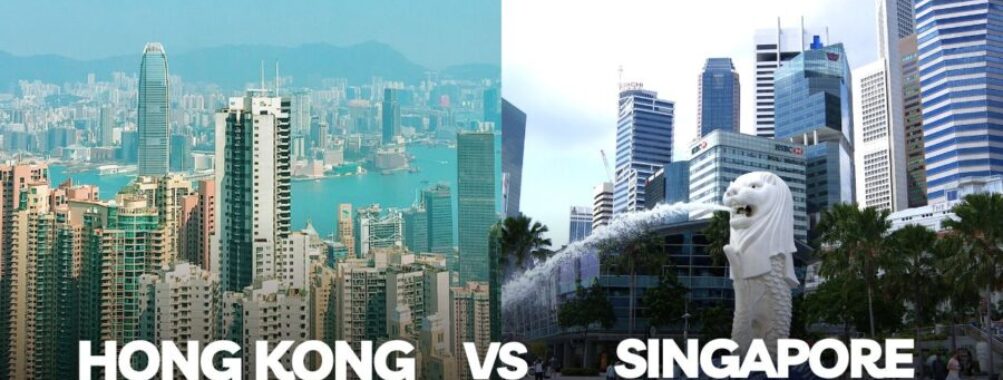
Hong Kong vs Singapore: Battle of Asia’s Most Dynamic Cities in 2025
Two of Asia’s most dynamic city-states often draw comparisons from travelers trying to decide where to visit. Hong Kong and Singapore share many similarities as former British colonies turned global financial hubs, yet each offers its own distinct character and appeal.
Singapore stands out for its cleanliness, efficiency, and family-friendly attractions. Meanwhile, Hong Kong captivates visitors with its dramatic mountain backdrop, historic trams, and energetic street life. Both cities serve up incredible food scenes that blend Chinese, Western, and local flavors into unique culinary experiences.
These urban powerhouses pack endless possibilities into small packages. Singapore’s modern architecture and green spaces contrast with Hong Kong’s dense mix of soaring skyscrapers and traditional markets. Their convenient locations make them perfect gateways for exploring more of Asia.
Table of Contents
- Geographic Overview
- Location and Size
- Climate and Best Time to Visit
- Historical Context
- Colonial Past
- Modern Development
- Cultural Insights
- Local Languages and English Proficiency
- Food and Cuisine
- Arts and Museums
- Economic and Business Environment
- Cost of Living Comparison
- Work Opportunities and Markets
- Infrastructure and Transportation
- Public Transport Systems
- Airports and Accessibility
- Leisure and Tourism
- Outdoor Activities and Nature
- Nightlife and Entertainment
- Shopping and Markets
- Living Standards and Quality of Life
- Safety and Crime Rates
- Education and Family-Friendly Attractions
- Health and Pollution
- Demographics and Social Landscape
- Population Statistics
- Cultural Diversity and Integration
- Frequently Asked Questions
- Which city should I visit for a unique cultural experience, Singapore or Hong Kong?
- In terms of economic prosperity, how do Hong Kong and Singapore compare?
- What are Hong Kong and Singapore’s distinct cleanliness and public order policies?
- How does Hong Kong’s relationship with China affect its cultural and political landscape?
- Can you compare the size and geographical differences between Hong Kong and Singapore?
- What are the time zone differences for travelers between Hong Kong and Singapore?
- Book Your Dream Experience
- More Travel Guides
Geographic Overview
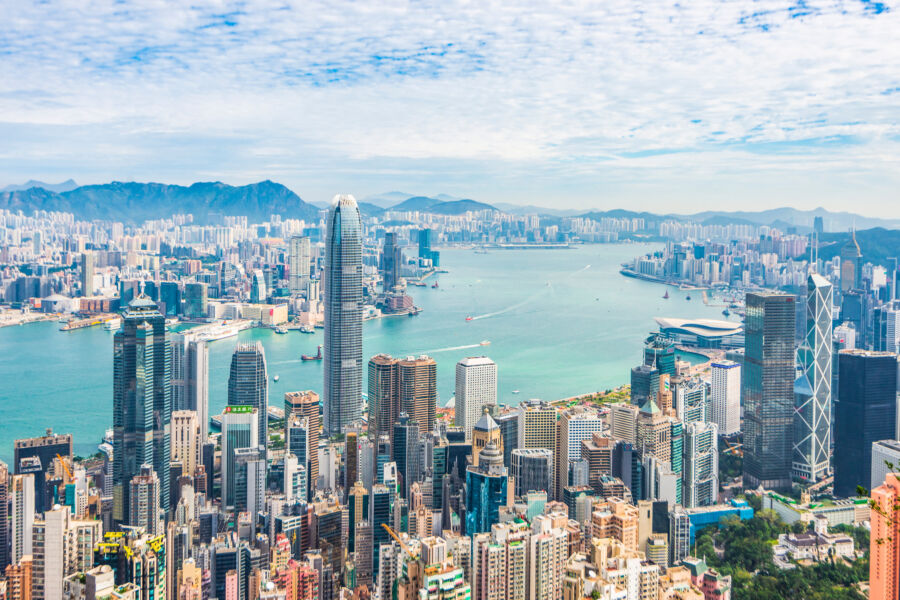
Singapore and Hong Kong are both small but mighty cities in Asia. Their distinct geographic features shape their identities. These coastal metropolises enjoy strategic locations and tropical climates, attracting millions of visitors yearly.
Location and Size
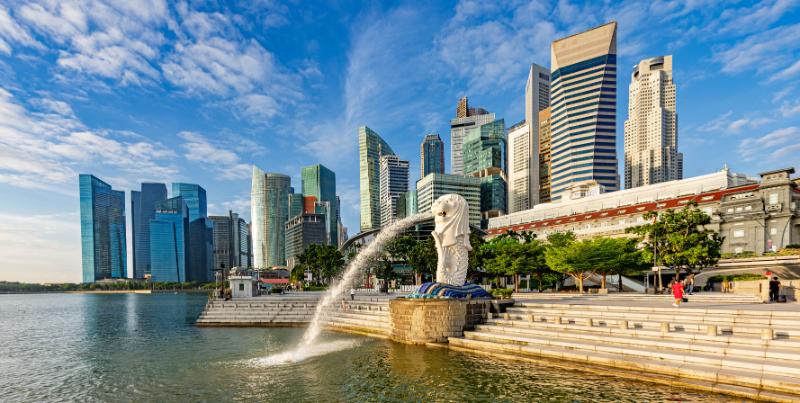
Singapore sits at the southern tip of the Malay Peninsula, just 137 kilometers north of the equator. The city-state spans 728 square kilometers across one main island and 63 smaller ones. Its compact size makes it easy to explore.
Hong Kong occupies 1,104 square kilometers in southeastern China, made up of Hong Kong Island, the Kowloon Peninsula, and the New Territories. The city features over 260 outlying islands, with Lantau being the largest.
Both cities make excellent use of their limited space through vertical development. Hong Kong’s dramatic hills and mountains cover 75% of its land, while Singapore’s highest point, Bukit Timah Hill, reaches just 164 meters.
Climate and Best Time to Visit

These cities share hot, humid climates typical of Southeast Asia. Singapore maintains steady temperatures between 25 °C and 31°C year-round, with frequent afternoon showers. The wettest months run from November to January.
Hong Kong experiences more seasonal variation:
- Spring (March-May): Warm and humid with occasional rain
- Summer (June-August): Hot and stormy, risk of typhoons
- Fall (September-November): Sunny, dry, and mild
- Winter (December-February): Cool and dry
The best time to visit Singapore is February to April, when it’s slightly drier. For Hong Kong, October to December offers pleasant temperatures and clear skies.
Historical Context

Hong Kong and Singapore both started as British colonies and grew into major business centers. After World War II, they took different paths, creating unique societies with their own strengths.
Colonial Past

Britain gained control of Hong Kong 1841 after the First Opium War, while Singapore became a British trading post in 1819. Both cities served as vital ports linking Asia to Europe, and the British built railways, roads, and ports in both places.
The cities grew into busy trading hubs. Ships from around the world stopped at their docks to load and unload goods. Many Chinese people moved to both places to work and trade.
British culture left deep marks on both cities. You can still see it in their legal systems, education, and architecture. Places like Hong Kong’s Victoria Peak and Singapore’s Raffles Hotel show this colonial influence.
Modern Development

After World War II, Singapore became independent in 1965, while Hong Kong stayed British until 1997. Both cities focused on growing their economies through trade and finance.
They built world-class infrastructure. Hong Kong created its MTR subway system, while Singapore developed Changi Airport into one of the best in the world.
Both places became known for low taxes and easy business rules. This helped them attract companies from all over the world.
Singapore’s GDP per person is now 1.7 times higher than Hong Kong’s. This shows how their different paths led to different results. Both remain important business centers in Asia.
See Related: Seoul vs Singapore: Key Differences for Smart Travelers
Cultural Insights

Both cities showcase unique cultural identities shaped by their histories as international trading ports and British colonies. The mix of Eastern and Western influences creates rich cultural tapestries that set them apart from other Asian destinations.
Local Languages and English Proficiency

Cantonese dominates Hong Kong’s streets, while Mandarin is gaining prominence in business settings. Most locals speak excellent English, a legacy of British rule.
Singapore uses English as its main language, but Mandarin, Malay, and Tamil are also official languages. Street signs and government documents appear in all four languages.
Both cities make it easy for English-speaking visitors to get around. Most locals switch effortlessly between languages, especially in tourist areas and business districts.
Food and Cuisine

Hong Kong’s food scene revolves around Cantonese cuisine. Dim sum restaurants are packed during weekend brunches, and street food markets serve local favorites like fish balls and egg waffles.
Singapore’s food reflects its diverse population. Hawker centers offer affordable local dishes like Hainanese chicken rice and laksa. The famous chili crab appears on many restaurant menus.
Both cities boast impressive numbers of Michelin-starred restaurants. Fine dining options range from modern fusion to traditional Asian cuisine.
Arts and Museums
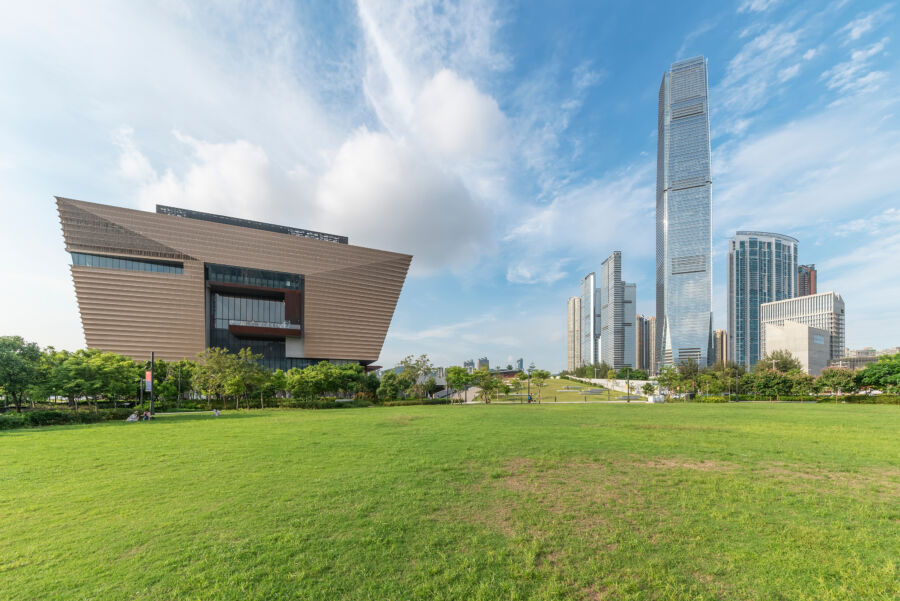
Hong Kong’s art scene centers around the West Kowloon Cultural District. The M+ museum showcases contemporary Asian art, while smaller galleries fill the streets of Central and Sheung Wan.
Singapore’s National Gallery houses the world’s largest public collection of Southeast Asian art. The ArtScience Museum presents innovative exhibitions combining technology and creativity.
Traditional arts thrive in both cities. Temple Street Opera in Hong Kong and Peranakan heritage museums in Singapore keep cultural traditions alive.
Economic and Business Environment

Hong Kong and Singapore both rank at the top globally for business friendliness and economic freedom. Each city offers distinct advantages with free-market economies and strong international trade connections.
Cost of Living Comparison
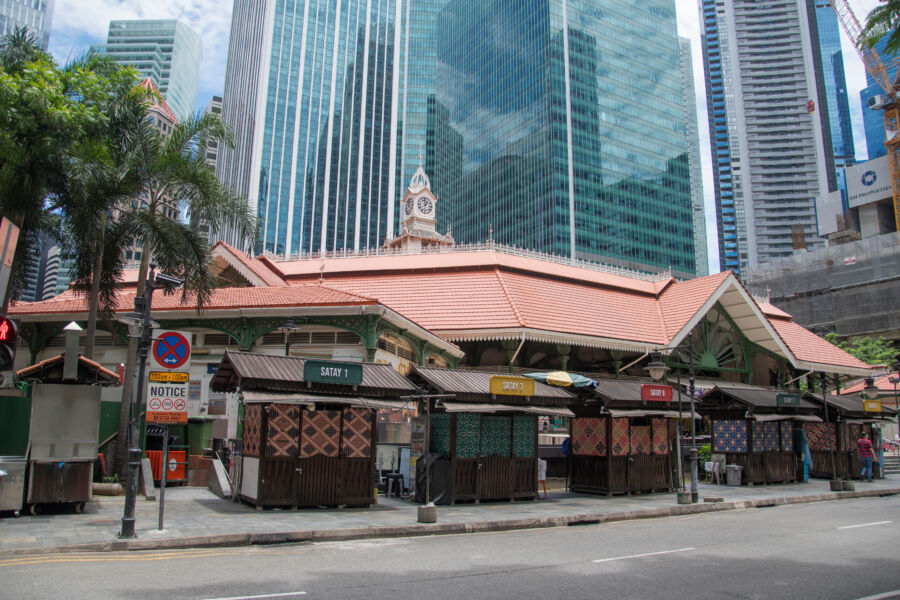
Singapore’s cost of living tends to be higher than Hong Kong’s, especially for housing and transportation. A one-bedroom apartment in Singapore’s city center costs about 15-20% more than in Hong Kong.
Food costs vary significantly between the two cities. Singapore’s hawker centers provide affordable meals, while Hong Kong’s street markets and local restaurants offer similarly budget-friendly options.
Transportation expenses differ, too. Due to strict vehicle quotas and additional fees, Singapore’s car ownership costs are much higher, but Hong Kong makes up for this with its efficient and affordable public transit system.
Work Opportunities and Markets

Hong Kong’s position as a gateway to mainland China creates unique business opportunities. The city’s strong ties to Chinese markets make it ideal for companies focused on mainland expansion.
Singapore excels in the tech and innovation sectors. The city-state attracts many multinational corporations with its stable political environment and strong intellectual property protection.
Both cities offer excellent career prospects in finance. Hong Kong specializes in traditional banking and investment, while Singapore leads in fintech and digital banking.
Foreign professionals often find Singapore’s work visa process more straightforward. The city-state actively recruits international talent through various skilled worker programs.
Infrastructure and Transportation

Hong Kong and Singapore lead Asia with world-class transportation networks that keep millions moving daily. Their cutting-edge infrastructure supports massive trade operations while offering seamless travel experiences for residents and visitors.
Public Transport Systems
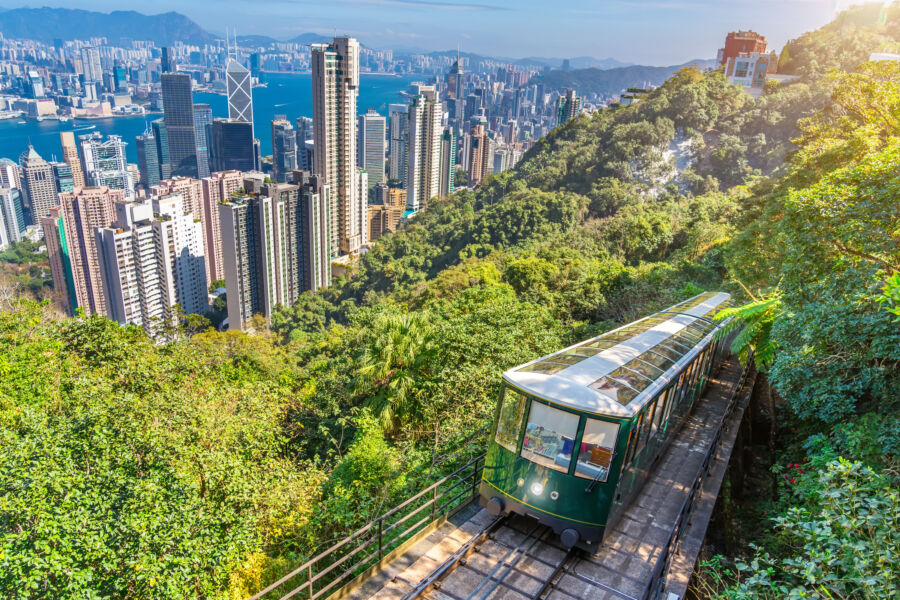
The MTR in Hong Kong and the MRT in Singapore form the backbone of each city’s public transit. Hong Kong’s MTR runs with a 99.9% on-time performance, serving nearly 5 million passengers each day through an extensive network of underground and elevated rail lines.
Singapore’s MRT system spans over 200 kilometers of track. The network connects all major districts through 6 lines and over 120 stations. Smart payment systems in both cities let riders use stored-value cards to tap and go.
Both cities run comprehensive bus networks that complement their rail systems. Clean, air-conditioned buses arrive frequently even in off-peak hours.
Airports and Accessibility

Hong Kong International Airport is one of Asia’s busiest aviation hubs, handling over 70 million passengers yearly. An express train whisks travelers to the city center in just 24 minutes.
Search flights to Asia from Singapore’s award-winning Changi Airport, which serves more than 100 airlines. The airport impresses with indoor gardens, free movie theaters, and a waterfall.
Both airports offer extensive cargo facilities. Hong Kong excels in connections to mainland China and East Asia, while Changi specializes in Southeast Asian routes.
Regular shuttle buses and trains make airport access simple and affordable from any part of either city.
Leisure and Tourism

Both Singapore and Hong Kong offer amazing tourist spots, entertainment options, and outdoor activities. These cities mix modern attractions with cultural experiences, making them special places to visit.
Outdoor Activities and Nature
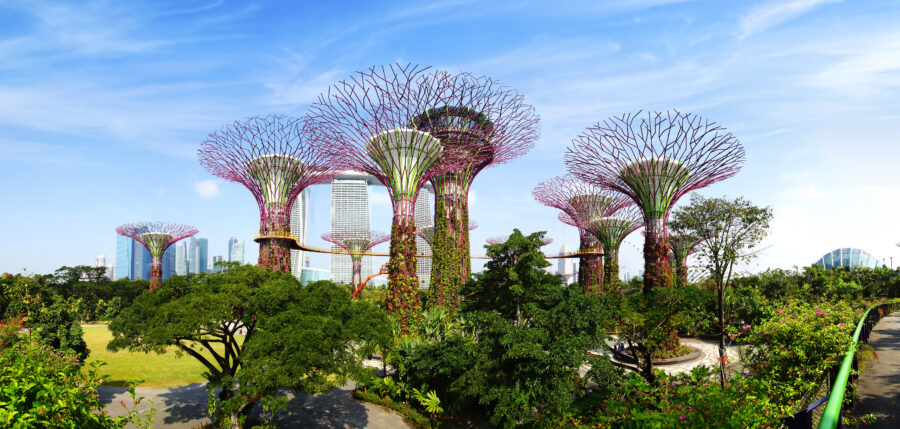
Singapore shines with its green spaces. The famous Gardens by the Bay have towering Supertrees that light up at night. The city’s parks are perfect for morning walks and picnics.
Hong Kong’s natural side is less known but equally exciting. The Dragon’s Back hiking trail gives stunning views of the coast. Many beaches dot the islands, with Repulse Bay being a top spot for swimming and sunbathing.
Both cities have nature reserves. Singapore’s MacRitchie Reservoir lets you walk through treetop bridges. Hong Kong’s mountains offer great hiking paths with views of the city.
Nightlife and Entertainment

Book exciting nightlife tours in either city for unforgettable evenings. Singapore’s Clarke Quay buzzes with riverside bars and clubs.
Hong Kong’s Lan Kwai Fong district is packed with pubs and dance spots. The city’s night markets stay open late, mixing food and fun.
Marina Bay Sands in Singapore hosts world-class shows and has a rooftop bar with amazing views. Hong Kong’s bars often sit high in skyscrapers, offering drinks with city views.
Shopping and Markets
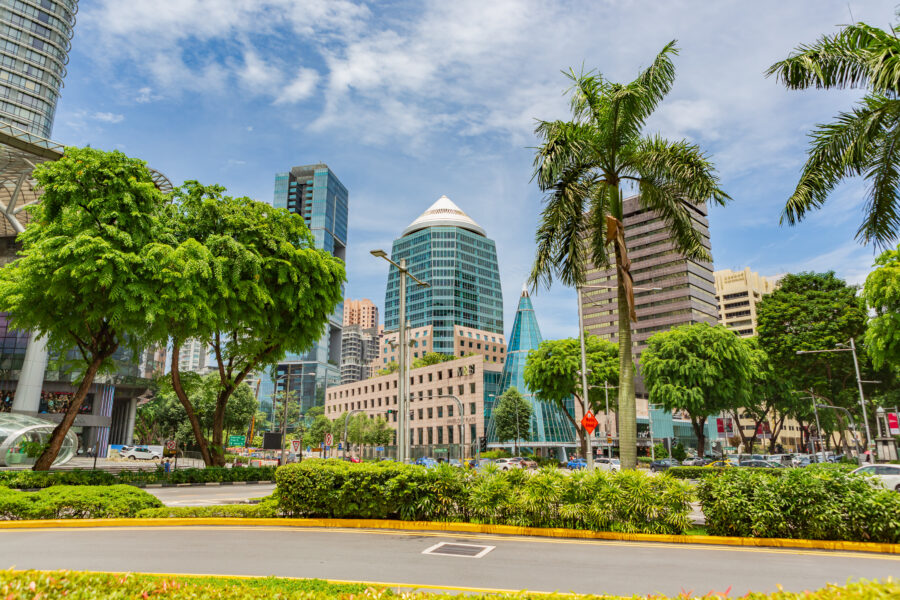
Both cities offer amazing shopping deals year-round. Singapore’s Orchard Road has huge malls with luxury brands, and Little India offers spices, textiles, and cultural goods.
Hong Kong excels at street markets. The Ladies’ Market and Temple Street Night Market sell clothes, souvenirs, and street food.
Both cities host seasonal sales festivals. Singapore’s Great Singapore Sale and Hong Kong’s Shopping Festival offer big discounts on almost everything.
See Related: 3 Days and 2 Nights Singapore-City Tour: A Comprehensive Itinerary
Living Standards and Quality of Life

Singapore and Hong Kong rank among Asia’s top cities for quality of life, with high standards in safety, education, and healthcare. Both cities offer excellent public services and modern infrastructure that make daily life comfortable and convenient.
Safety and Crime Rates

Singapore stands out with one of the lowest crime rates in the world. The city-state’s strict laws and efficient police force create an environment where people feel safe walking alone at night. Security cameras and regular police patrols help prevent street crime.
Hong Kong also maintains strong safety standards, though recent social changes have impacted its reputation. The city’s crime rate remains low compared to other major metropolitan areas. Both cities have effective emergency response systems.
Women and children can move freely in both cities, even late at night. Public transport is well-lit and monitored.
Education and Family-Friendly Attractions

Both cities boast world-class education systems. Singapore’s schools consistently rank at the top of global education surveys. The city offers many international schools and hosts prestigious universities.
Hong Kong’s education blends British and Chinese systems, providing students with diverse learning opportunities. Both cities feature excellent public libraries and learning centers.
Both locations offer plentiful family activities. Singapore’s Gardens by the Bay, Universal Studios, and the Singapore Zoo attract families year-round, while Hong Kong draws visitors to Disneyland, Ocean Park, and numerous child-friendly museums.
Health and Pollution
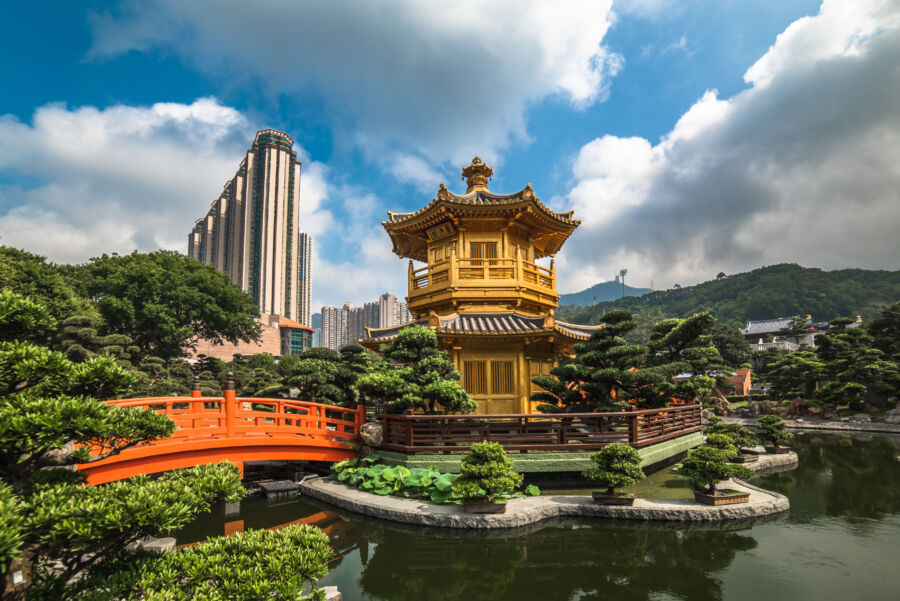
Singapore leads in healthcare quality with modern hospitals and clinics. The healthcare system combines public and private options, making medical care accessible to residents.
Air quality differs significantly between the cities. Singapore maintains stricter environmental controls and experiences less air pollution. Regular monitoring and green initiatives help keep the air clean.
Hong Kong faces more challenges with air quality due to industrial activity in the Pearl River Delta. The city has excellent hospitals, but it deals with occasional air pollution spikes that can affect outdoor activities.
Both cities provide clean drinking water and maintain high food safety standards. Public spaces are kept clean through regular maintenance.
Demographics and Social Landscape
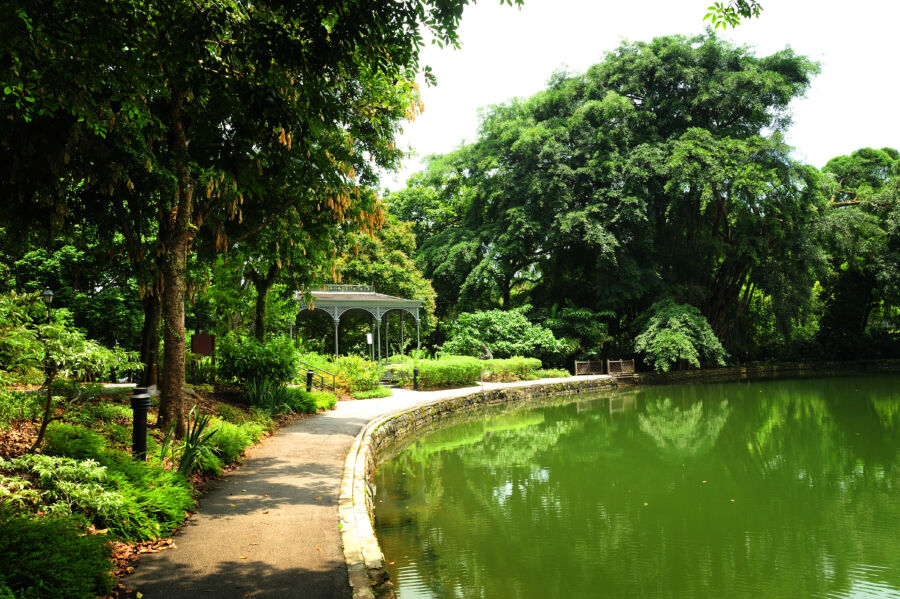
Singapore and Hong Kong have dynamic populations shaped by migration. Both cities are known for their dense urban environments and multicultural makeup.
Population Statistics
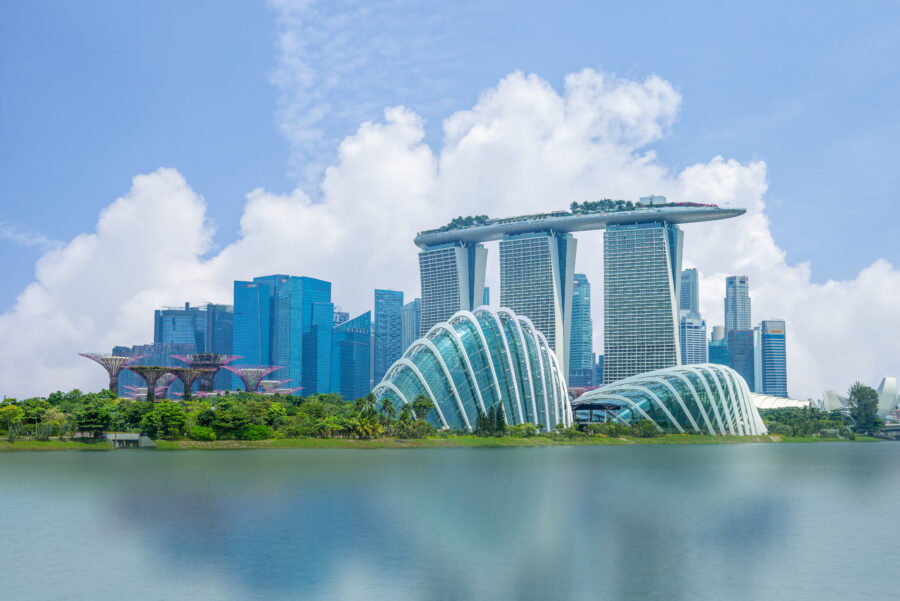
Singapore’s population stands at about 6 million people, while Hong Kong has roughly 7.6 million residents. Both cities pack lots of people into small spaces, making them among the most densely populated places in the world.
Immigration policies that attract skilled workers help Singapore grow its population at a steady rate. The city-state plans its population growth carefully to maintain the quality of life.
Meanwhile, Hong Kong’s growth has slowed in recent years. The city faces an aging population challenge, with many young people moving abroad.
Cultural Diversity and Integration

Both cities blend Eastern and Western influences in unique ways. English is widely used alongside the Chinese language in daily life and business.
Singapore promotes racial harmony through policies like ethnic housing quotas and four official languages: English, Mandarin, Malay, and Tamil. Most Singaporeans are bilingual, speaking English plus their mother tongue.
On the other hand, Hong Kong’s culture remains strongly Cantonese, though English is common in business settings. The city has distinct local traditions that mix Chinese heritage with British colonial influences.
Many expats choose these cities for work, adding to their international feel. Both places have large foreign communities that bring global perspectives and create diverse neighborhoods.
See Related: Shanghai vs Hong Kong: Key Differences Every Traveler Should Known
Frequently Asked Questions

Singapore and Hong Kong are two fascinating destinations with distinct identities, rich cultural experiences, and modern urban lifestyles attracting millions of visitors each year.
Which city should I visit for a unique cultural experience, Singapore or Hong Kong?
Hong Kong offers a captivating blend of traditional Chinese heritage and British colonial influence. The city’s vibrant street markets, ancient temples, and dim sum culture create an authentic experience.
Meanwhile, Singapore mixes Chinese, Malay, and Indian influences to form its own unique identity. Its hawker centers, ethnic neighborhoods like Little India and Chinatown, and modern architectural marvels showcase this cultural fusion.
In terms of economic prosperity, how do Hong Kong and Singapore compare?
Both cities rank among the wealthiest in Asia, with strong financial sectors and high living standards. Hong Kong excels as a global trading hub and gateway to mainland China.
Singapore’s economy focuses on technology, innovation, and sustainable development. The city-state maintains strict regulations and attracts substantial foreign investment.
What are Hong Kong and Singapore’s distinct cleanliness and public order policies?
Singapore enforces strict cleanliness laws with heavy fines for littering, spitting, and other offenses. The city-state bans chewing gum and maintains spotless public spaces through regular cleaning.
Meanwhile, Hong Kong takes a more relaxed enforcement approach while maintaining clean streets and public areas. The city relies more on public cooperation than strict penalties.
How does Hong Kong’s relationship with China affect its cultural and political landscape?
Hong Kong operates under the “one country, two systems” principle until 2047. This arrangement allows the city to maintain separate legal, financial, and social systems from mainland China.
Recent years have brought increased integration with mainland China, which has affected local politics, media, and daily life in Hong Kong.
Can you compare the size and geographical differences between Hong Kong and Singapore?
Hong Kong’s 1,104 square kilometers are surrounded by dramatic mountains, islands, and natural harbors. The terrain creates distinct neighborhoods and limits urban development to specific areas.
Meanwhile, Singapore is a flat, island city-state covering 728 square kilometers. Its compact size makes travel easier, while land reclamation projects continue expanding its territory.
What are the time zone differences for travelers between Hong Kong and Singapore?
Both cities operate in close time zones. Hong Kong follows Hong Kong Time (UTC+8), while Singapore uses Singapore Standard Time (UTC+8).
This matching time zone makes business and travel between the two cities very convenient.



